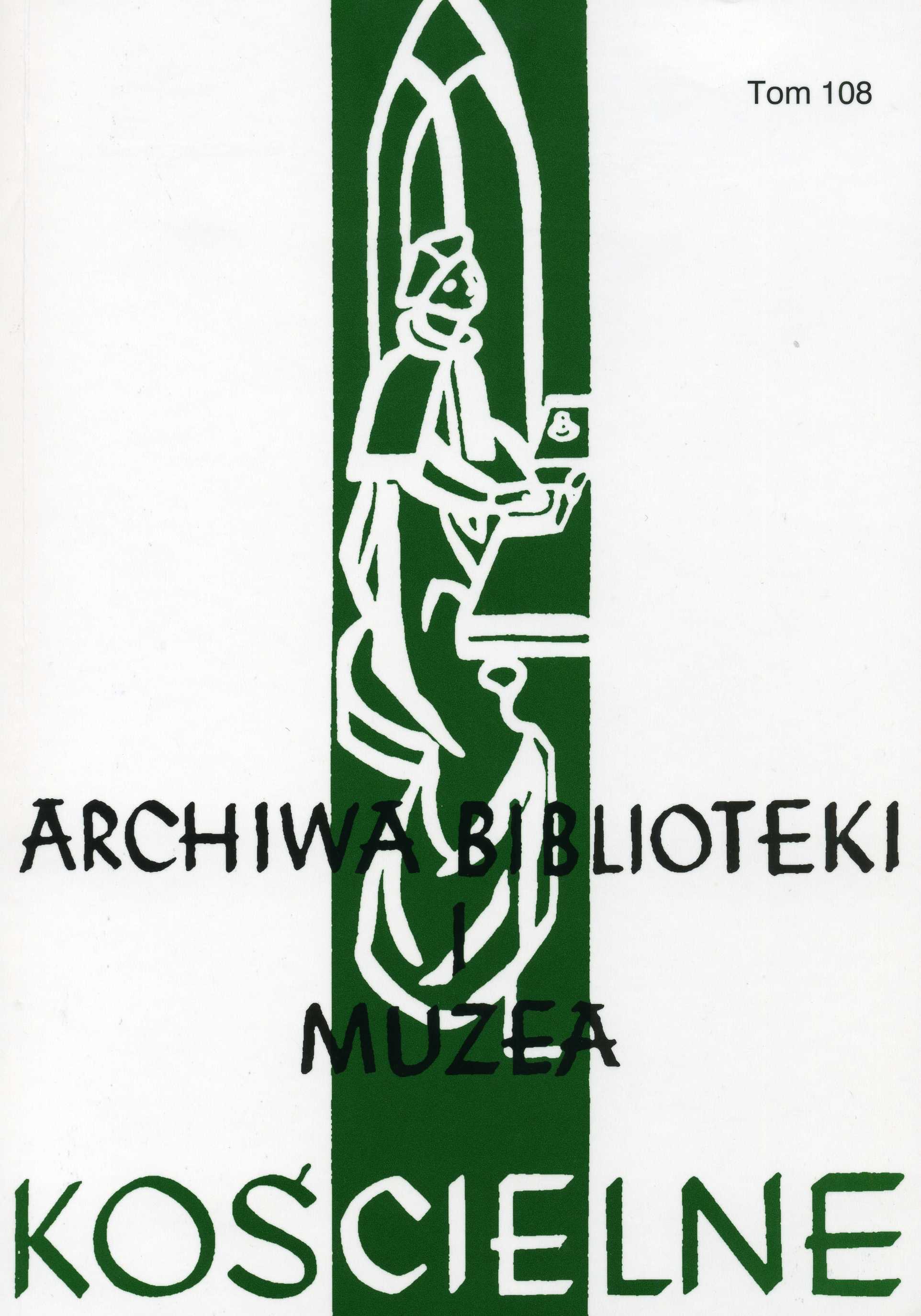Obraz parafii małopolskich w świetle Liber beneficiorum Jana Długosza. Luki i wybrane możliwości uzupełnienia
Parishes in Małopolska, according to Liber beneficiorum by Jan Długosz. Omissions and supplement opportunities
Author(s): Leszek PoniewozikSubject(s): Christian Theology and Religion, Cultural history
Published by: Katolicki Uniwersytet Lubelski Jana Pawła II - Wydział Teologii
Keywords: Jan Długosz; a parish; a benefice; endowment; a tithe
Summary/Abstract: Liber beneficiorum by Jan Długosz is one of the basic sources enabling researchers to learn about the Catholic Church in the diocese of Cracow in the second half of the 15th century. The author's intention was to create a work which could help to defend the rights of various ecclesiastical institutions to retain different elements of endowments. The source, therefore, contains descriptions of various types of income and their origins. Among the important groups of benefices described by Długosz were parish churches. One of the three essential parts of the work was devoted to them. The previously written description allowed the author to gather comparable information on the diocese of Cracow, concerning, among others, the dedication of churches, the material of which they were built and the properties of the place in which the churches were located. Above all, however, Liber beneficiorum enables researchers to familiarize themselves with the sources of income, such as tithes, rents or others.The undoubted advantage of Jan Długosz’s work is the precise distinction between the payers of particular services. Jan Długosz in many cases not only presented priests’ sources of income but also included its estimated value. Another important thing is a presentation of rural population’s payments made in kind and income from priests’ own farmstead. In addition, Liber beneficiorum allows researchers to learn about the parish districts of the described churches, although it was not the main reason for the creation of this work. Such a wide variety of information included in Jan Dlugosz's work provides tremendous research opportunities. Unfortunately, this is not the ideal source. The main disadvantages of Liber beneficiorum are numerous omissions. The work in many cases does not give any information about a number of parish churches. In other cases, where the description is included, it contains a lot of gaps. In this situation, it is necessary to supplement the information provided by Jan Długosz. The aforementioned wealth of information in Liber beneficiorum requires that supplements should be sought in a very diverse source material. Moreover, these are not the sources contemporary with Jan Dlugosz’s work. In most cases, they come from later periods, mainly from the 16th century. These are primarily church visitations and sources of fiscal character - both church and secular. They sometimes fill in the gaps in the number of parishes, their income, the size of parish districts etc. Unfortunately, using sources quite distant chronologically does not allow researchers to refer the obtained information directly to the times of Jan Dlugosz. This, in turn, requires tedious verification of the obtained data.
Journal: Archiwa, Biblioteki i Muzea Kościelne
- Issue Year: 2017
- Issue No: 108
- Page Range: 237-271
- Page Count: 35
- Language: Polish

